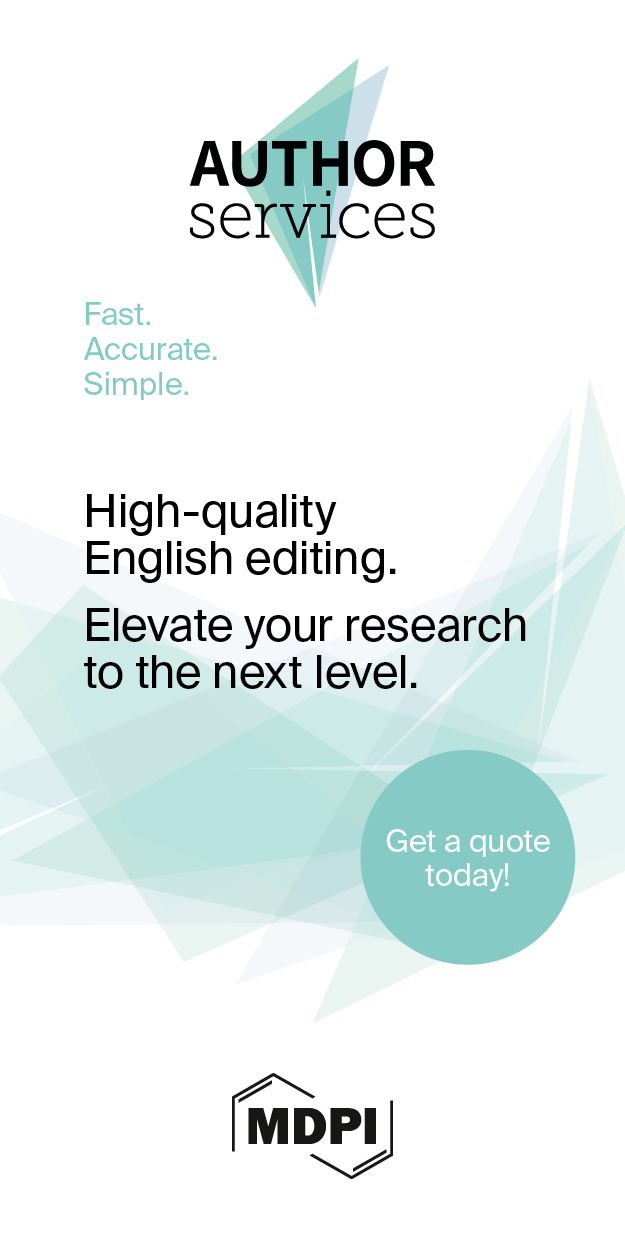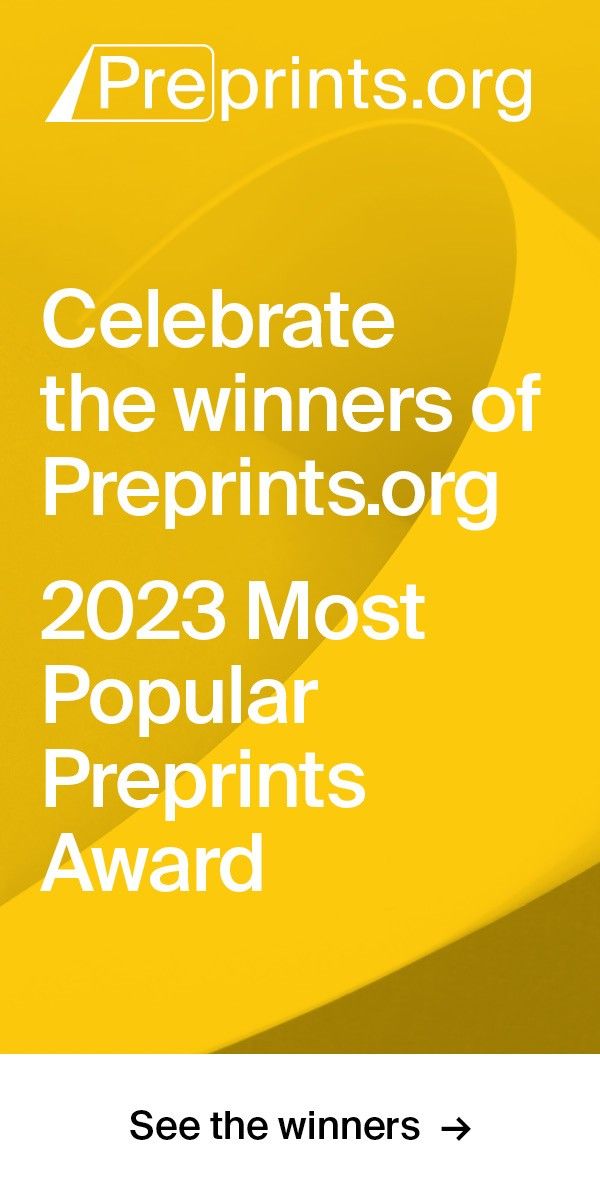Article
Version 1
Preserved in Portico This version is not peer-reviewed
Brand Trust in The Mongolian Cashmere Industry: Mixed Method Analysis
Version 1
: Received: 12 May 2024 / Approved: 13 May 2024 / Online: 13 May 2024 (12:30:09 CEST)
How to cite: Batsukh, B.; Chen, F. Brand Trust in The Mongolian Cashmere Industry: Mixed Method Analysis. Preprints 2024, 2024050772. https://doi.org/10.20944/preprints202405.0772.v1 Batsukh, B.; Chen, F. Brand Trust in The Mongolian Cashmere Industry: Mixed Method Analysis. Preprints 2024, 2024050772. https://doi.org/10.20944/preprints202405.0772.v1
Abstract
Brand trust holds significant importance in the Mongolian cashmere industry. This study examines the primary predictors of customer brand trust among Mongolian cashmere users. Our research includes a survey with 800 participants and 20 individual interviews conducted among both Mongolian cashmere users and non-users. We utilized an online platform to reach participants, employing convenience sampling. The study investigates the relationship between various factors and brand trust within the context of Mongolian cashmere brands. Through a combination of in-dividual interviews and statistical analysis, we test six hypotheses. The findings indicate that higher brand quality, a strong reputation, greater transparency, effective issue resolution, commitment to environmental and social responsibility, and pre-purchase research on such commitments positively impact brand trust. Key insights gleaned from the interviews emphasize the importance of quality, reputation, transparency, customer service, and environmental responsibility in shaping consumer trust. These results offer valuable implications for cashmere brands aiming to bolster consumer trust and foster loyalty.
Keywords
Customer Brand Trust; Product Quality; Customer Service; Quantative Method; Qualitative Method
Subject
Business, Economics and Management, Business and Management
Copyright: This is an open access article distributed under the Creative Commons Attribution License which permits unrestricted use, distribution, and reproduction in any medium, provided the original work is properly cited.
Comments (0)
We encourage comments and feedback from a broad range of readers. See criteria for comments and our Diversity statement.
Leave a public commentSend a private comment to the author(s)
* All users must log in before leaving a comment








